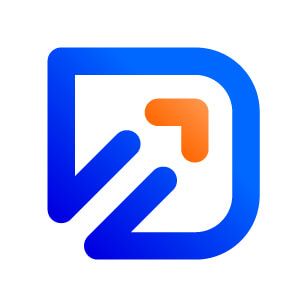
Design Converter
- Technologies
Flutter
React
Shopify
Android
iOS
Flutter
React
Shopify
Android
iOS
- Resource
University
Documentation
Templates
UI Accuracy
Discord
University
Documentation
Templates
UI Accuracy
Discord
- Pricing

Design Converter
General

Last updated on Sep 29, 2023
Last updated on Jul 29, 2023
The mobile development world is full of ‘What ifs.’ What if an app that resides in the Android ecosystem needs to get replicated as an iOS app. What if there was a way to migrate the external designs to your app builder— helping blur the exacting lines between design and development. And to address these multiple ‘What ifs,’ Dhiwise has the innovative Flutter app builder in place— best known for helping you develop a fully functional cross-platform app in no time.
Stoked already! Here is how the Flutter App builder from DhiWise works toward making app development easier and fun for you:
Why would you even use an external app builder instead of the traditional IDEs? The answer: faster time-to-market. Dhiwise Flutter Builder aims to achieve exactly the same by letting you import your Figma designs from the design deck to the app builder.
And if you imagine this to be a tedious job, think again! The flutter builder allows you to import designs directly from Figma ensuring the highest possible level of component identification.
In simple terms, this means that every element of your design is more or less accurately identified. A button gets tagged as a button and nothing else. Sounds unreal for an automated setup, right!
Even though DhiWise is proud of the exceptional auto component identification ratio, when it comes to migrating Figma designs to the platform, there are plans in place to help you handle any unwanted scenario. Imagine you pull in not just designs but fully-functional prototypes from Figma. In that case, you would want every component to be identified correctly. Same for standalone screens.
Worry not, Dhiwise has you sorted with ‘Change View’. The Change View support happens to be an integral part of DhiWise’s visual programming catalog, allowing you to reassign the UI elements, provided they have been identified wrongly while being migrated. And the change view functionality isn’t restricted to mere buttons, text, or columns. Instead, almost every UI component finds its place in the flutter builder.
Also, nothing is random here, as once the correct functionality is assigned, you can always preview the same to see if it’s behaving as desired.
We aren’t creating static interfaces, are we? If not, the components we just discussed need to be actionable and responsive. And that is something DhiWise Flutter Builder accounts for, using ‘Form Validation’.
With ‘Validation,’ you can literally trigger any UI component and ready it to behave in a certain way. Without validation, the element is as good as visual relief. And if this sounds too much to you, remember that DhiWise makes it possible in a few clicks and within seconds.
Check the detailed ‘Form Validation’ walkthrough here.
Now that you have the UI elements ready, you might be interested in establishing a desired workflow for the same. In simple terms, you would want one button click to lead to a screen, where other actions lead the user elsewhere— much like a flow. You can either take care of this at the design stage by importing the entire prototype or use the Flutter Builder’s GUI to set navigation.
But that’s not it!
Tired of manually designing screens, coding on weekends, and technical debt? Let DhiWise handle it for you!
You can build an e-commerce store, healthcare app, portfolio, blogging website, social media or admin panel right away. Use our library of 40+ pre-built free templates to create your first application using DhiWise.